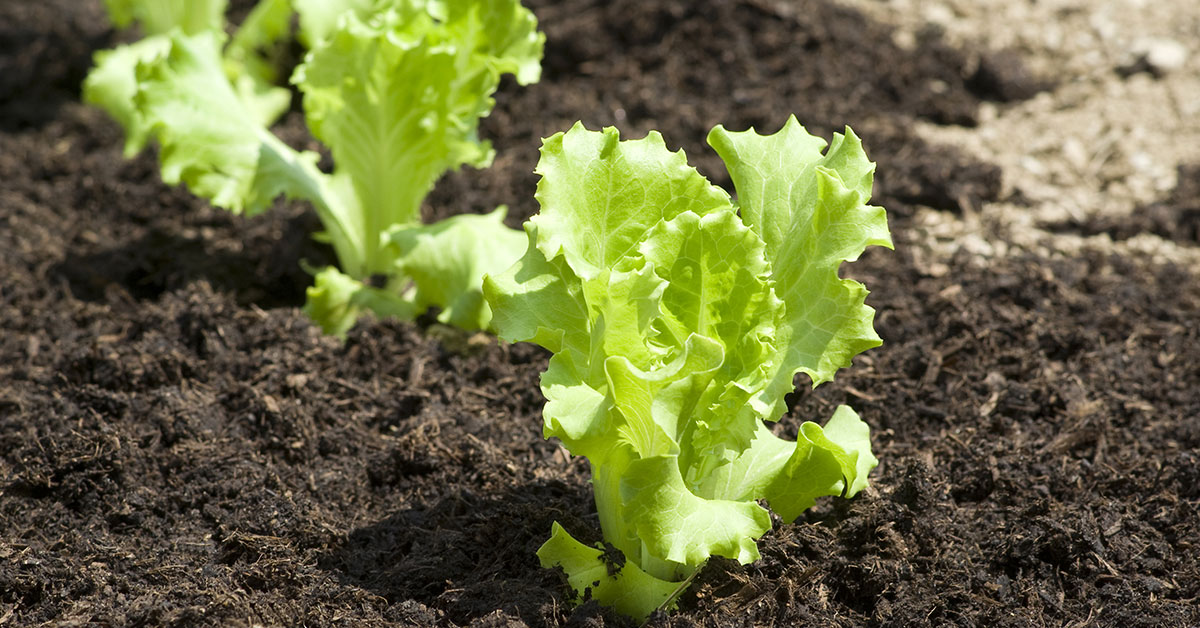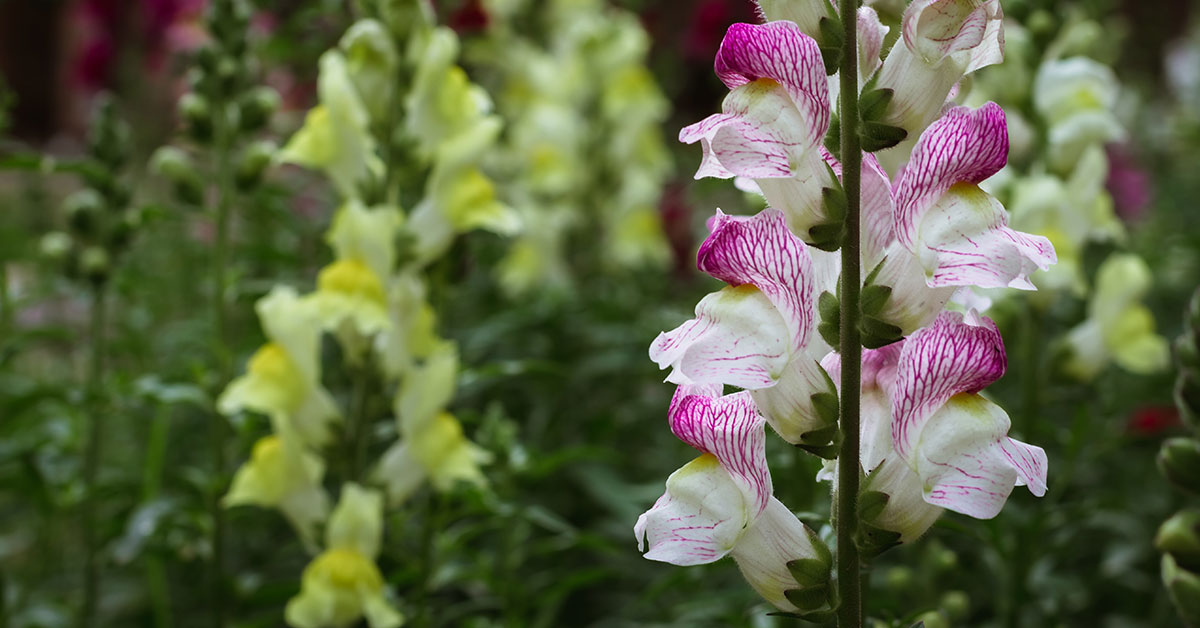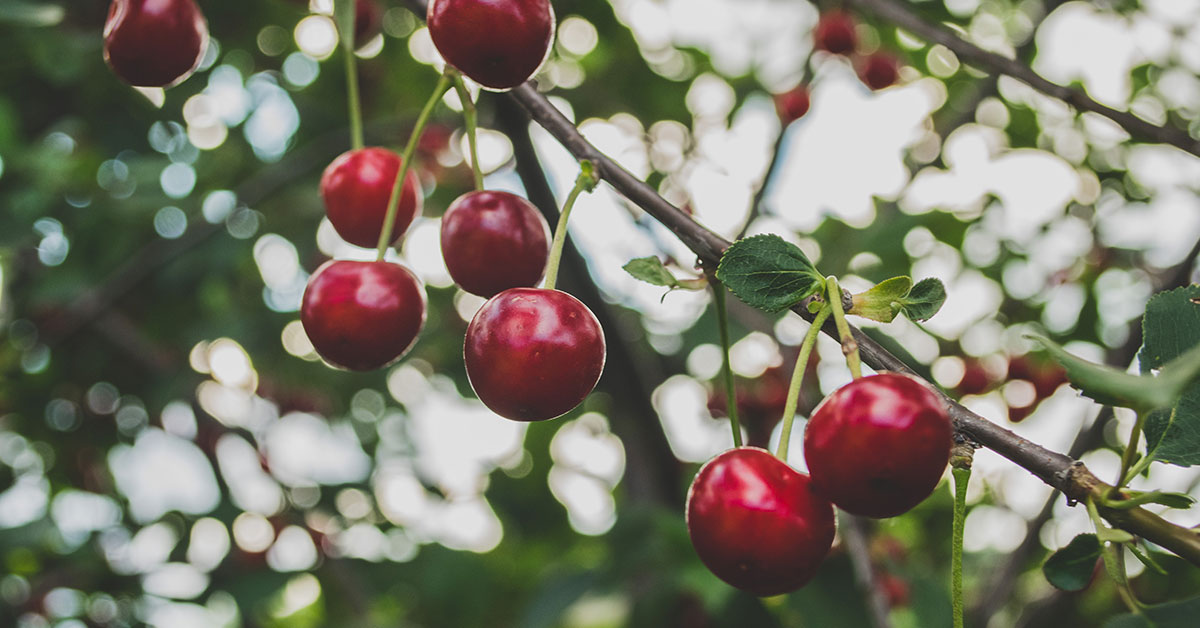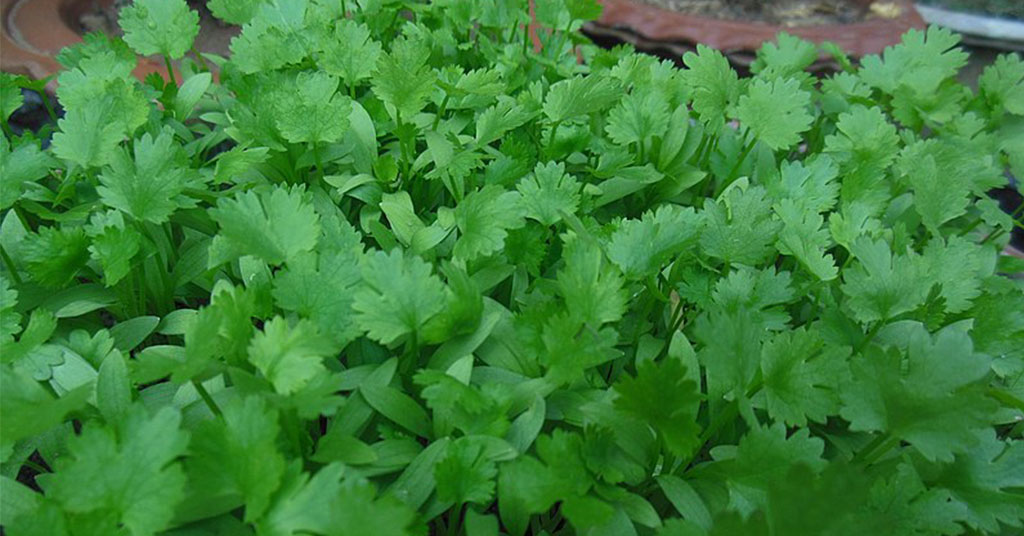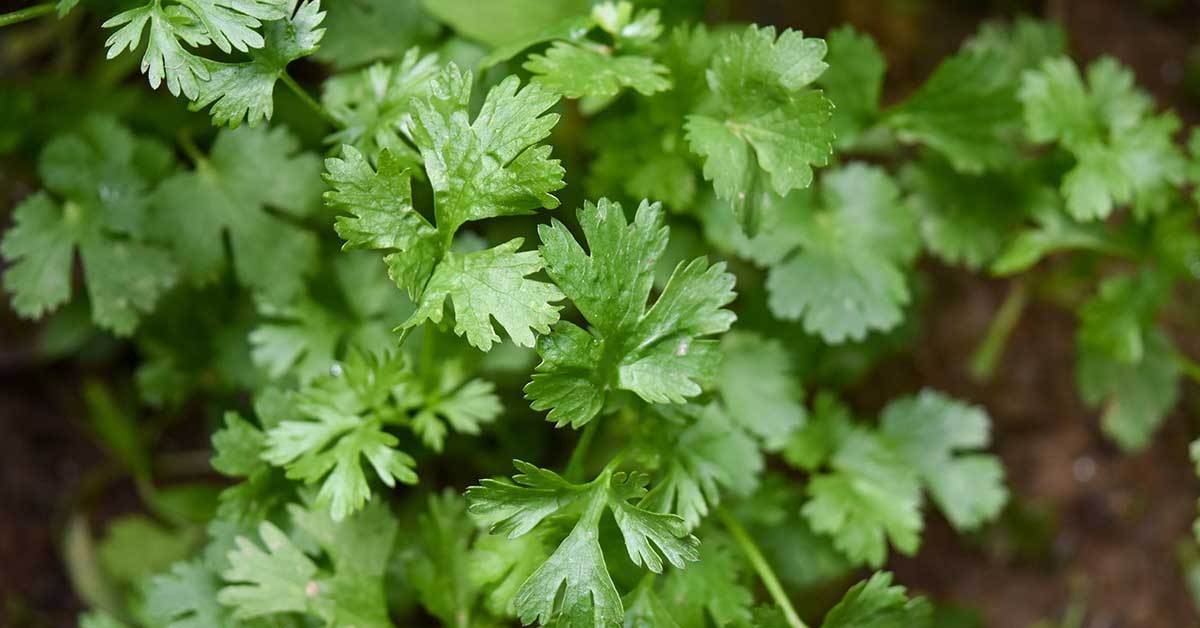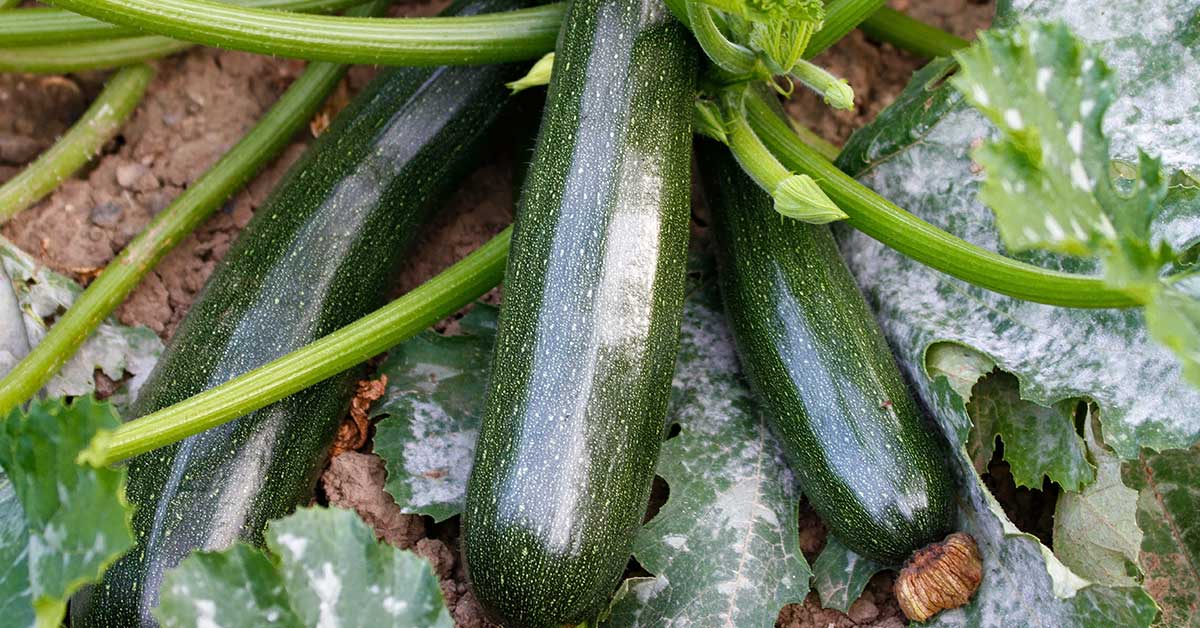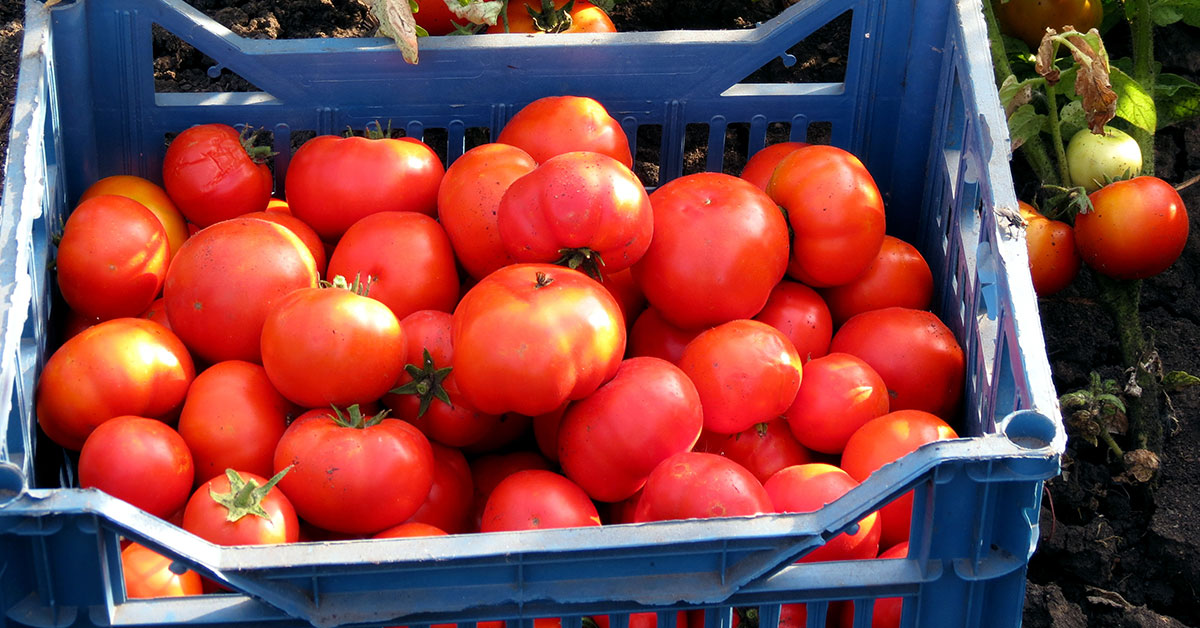Lettuce is a versatile and easy-to-grow cool-season crop, and it is a popular addition to many Michigan gardens. Understanding when to plant lettuce in Michigan requires an understanding of the state’s USDA hardiness zones. This article will provide an in-depth guide on when to start seeds, when to plant outdoors, and when to harvest lettuce in Michigan’s hardiness zones, which range from 4b to 6b.
Understanding Michigan’s Hardiness Zones
Michigan is characterized by USDA Hardiness Zones 4b to 6b:
- Zone 4b covers the coldest regions, primarily in the Upper Peninsula, where winter lows can drop to -25 to -20 degrees Fahrenheit.
- Zone 5a to 5b includes much of the Lower Peninsula and parts of the Upper Peninsula, with winter lows averaging between -20 and -10 degrees Fahrenheit.
- Zone 6a to 6b covers the southern and coastal areas of the Lower Peninsula, where winter temperatures may fall to -10 to 0 degrees Fahrenheit at their coldest.
Starting Lettuce Seeds Indoors
Starting lettuce seeds indoors gives you a head start on the growing season, especially in cooler climates.
In Zone 4b, you can begin starting seeds indoors around 4 to 6 weeks before the last expected spring frost, typically in early to mid-March. For Zones 5a and 5b, seeds can be started indoors slightly earlier, usually in late February to early March. In the warmer Zones 6a and 6b, you can typically begin indoor seed starting in mid to late February.
Plant the seeds about 1/4 inch deep in a high-quality seed starting mix. Keep the soil consistently moist. Ideally, the temperature should be around 60-70 degrees Fahrenheit (15-21 degrees Celsius). Once sprouted, provide the seedlings with plenty of light.
When To Plant Lettuce In Michigan
Transplant your seedlings or sow your seeds directly into your garden once the danger of a hard frost has passed, and soil temperatures have warmed.
In Zone 4b, this usually means planting outdoors in late April to early May. In Zones 5a and 5b, you can typically begin outdoor planting slightly earlier, usually in mid to late April. In the warmer Zones 6a and 6b, outdoor planting can begin in early to mid-April.
Choose a garden area with good sunlight, but also some protection from the intense afternoon sun. Space your lettuce plants about 8 to 12 inches apart. The soil should be kept consistently moist, and mulching can help retain soil moisture and control weeds.
Succession Planting
Succession planting with lettuce involves sowing small batches of seeds at regular intervals to ensure a continuous harvest throughout the growing season. This method allows you to enjoy a steady supply of fresh lettuce without experiencing a surplus or shortage all at once. Here’s a step-by-step guide on how to do succession planting with lettuce:
- Determine your growing season: Find out the average number of days it takes for your chosen lettuce variety to reach maturity. This information is usually available on the seed packet or from reliable gardening resources.
- Plan your planting schedule: Consider the total length of your growing season and calculate the intervals at which you should sow new lettuce seeds. For example, if your lettuce variety takes 60 days to mature and you want a continuous supply, you might decide to sow new seeds every two weeks.
- Prepare the soil: Prior to sowing, prepare the soil by removing any weeds, breaking up clumps, and enriching it with compost or well-rotted organic matter. Lettuce prefers loose, well-draining soil.
- Sow the first batch of seeds: Plant your first batch of lettuce seeds according to the instructions provided on the seed packet. Make sure to follow the recommended spacing between plants to allow for proper growth.
- Monitor and care for the seedlings: Keep an eye on the seedlings as they emerge and provide appropriate care. This includes regular watering, mulching to conserve moisture and suppress weeds, and protecting them from pests if necessary.
- Sow subsequent batches: As the first batch of lettuce plants starts to mature, sow the next batch of seeds following the same spacing and planting depth. Repeat this process at the intervals you determined in step 2.
- Harvest and repeat: Begin harvesting lettuce leaves from the mature plants as they reach the desired size. Take care not to uproot the entire plant unless you plan to use it entirely. Continue harvesting mature plants as needed, while new batches are growing.
- Extend the growing season: To extend the growing season, you can use techniques such as providing shade or using cold frames or row covers to protect lettuce from extreme temperatures. This can allow you to continue succession planting well into the fall or even winter in some regions.
By following this succession planting method, you can enjoy a continuous supply of fresh lettuce throughout the growing season, ensuring a steady harvest of this delicious and nutritious leafy green.
When to Harvest Lettuce in Michigan
Lettuce can be harvested at most stages of its growth. For leaf lettuce, you can begin harvesting when the leaves are large enough to eat, usually around 4-5 weeks after planting. You can either pick individual leaves from the plant or cut the entire plant at the base, which may encourage a second growth.
For head lettuce varieties like iceberg or romaine, harvesting usually occurs around 60 to 70 days after planting when the heads are full and firm.
Remember that as temperatures rise, lettuce can bolt, or go to seed, which results in bitter-tasting leaves. To prevent this, harvest your lettuce during the cooler parts of the day and increase your harvesting frequency as temperatures rise.


